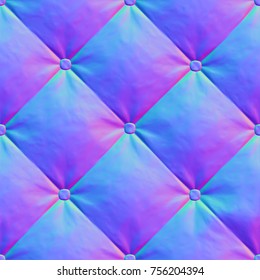substance painter and texturing:
PBR Material and shader- PBR Materials allow you to simulate almost any existing material
metalness maps- the Metalness texture map is more of a mask between two different types of materials: dielectric or conductive. You’ll see that we can essentially create two different materials using a single shader and fewer maps: base color, metalness, normal and roughness.

roughness maps- The Roughness input controls how rough or smooth a Material’s surface is. … Roughness is a property that will frequently be mapped on your objects in order to add the most physical variation to the surface.

normal maps- normal mapping, or Dot3 bump mapping, is a technique used for faking the lighting of bumps and dents – an implementation of bump mapping.

emissive maps- A texture that receives no lighting.

work I have done (11.11.19)


I made a pair of models, one a spaceman and the other based upon a character I created for 2D and concept art. I feel like the lack of layer selection does not help with this as I personally struggle with accuracy when sing a mouse, I tend to shake while doing it.
high to low polygon workflow
understand the concept of high to low polygon workflow
understand baking and subdivision texture
low poly to high poly is working on a lower polygon count version of a final product, meaning that you work on the higher poly ones later on.
Steps:
Create a cube and duplicate, naming on ‘low’ and the other ‘high’, and use the high cube to add some detail for a crate or some object for future development. When you have fully designed your cube you need to export both cubes as OBJ files and open the two as a new paint in substance painter.
after this you must select the two and bake them to get the fully reflective and marked skin.